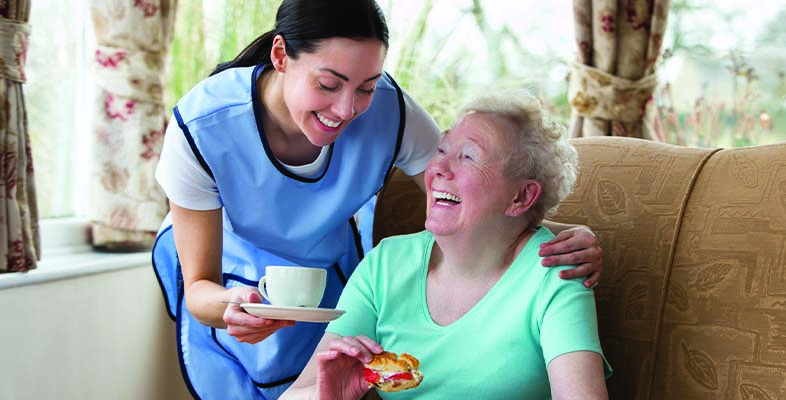2 Maximising quality of life
A palliative care approach is more than easing the approaching death of an individual. It aims to improve the quality of life of a cared-for person who faces life-threatening illness, as well as that of their family. It does this by providing pain and symptom relief as well as spiritual and psychosocial support, from diagnosis to the end-of-life and bereavement. But palliative care also takes into consideration the preferences of people who, for whatever reason, don’t want to know more about their approaching death.
A recent report for the Marie Curie Foundation revealed that most people favour quality of life over living longer (Dixon et al., 2015). Many people don’t accept they are dying, or hope for a miracle cure to be found. Approaching death affects people in different ways and it is not unusual not to want to know how much time you have left.
Key aspects of palliative care are intended to maximise the quality of life for the person and their family and carers. It does this by working with people on controlling symptoms, offering practical assistance and giving emotional support. Palliative care takes a holistic approach as demonstrated by the World Health Organization’s (2015) report on cancer care. You will look at key findings from this report in the next activity.
Activity 2
Read what the World Health Organization (WHO) identifies as the key elements of palliative care.
Palliative care:
- provides relief from pain and other distressing symptoms
- affirms life and regards dying as a normal process
- intends neither to hasten or postpone death
- integrates the psychological and spiritual aspects of patient care
- offers a support system to help patients live as actively as possible until death
- offers a support system to help the family cope during the patient’s illness and in their own bereavement
- uses a team approach to address the needs of patients and their families, including bereavement counselling, if indicated
- will enhance quality of life, and may also positively influence the course of illness
- is applicable early in the course of illness, in conjunction with other therapies that are intended to prolong life, such as chemotherapy or radiation therapy, and includes those investigations needed to better understand and manage distressing clinical complications.
Think carefully about the findings above and answer the following questions:
- Is death regarded as normal?
- Is support only for the dying person?
- Is palliative care used instead of other forms of treatment?
- Does palliative care include bereavement counselling?
- Is pain relief the only aim of palliative care?
Comment
In palliative care, death is regarded as a normal part of life – after all everybody dies. Yet the support offered in a good palliative care approach supports the dying person and others who need support at this difficult time, with bereavement counselling being an example after the death of the person. It allows for different treatments to continue if they are in the best interest of the dying person, which include pain relief if necessary.
If these were the answers you thought of, you are developing an understanding of palliative care.
The terms ‘palliative care’ and ‘end-of-life care’ are often used interchangeably. They do, though, have a differing focus, in which end-of-life care is part of a palliative care approach. There are, of course, many practicalities associated with end of life: making a will, dealing with immediate finances, adapting the house and arranging power of attorney are often necessary.
For family and other carers there might be additional issues, such as negotiating time off work with an employer, dealing with stress and adapting to the transition. It is also important to remember that palliative and end-of-life care is relevant across the lifespan. Older people die but so do people of all ages, including children.
